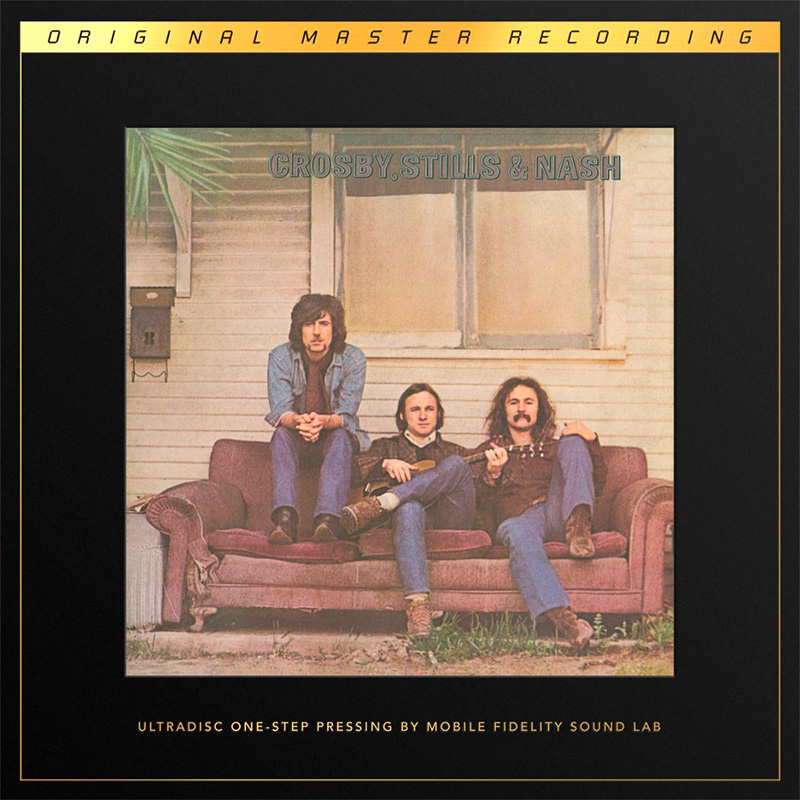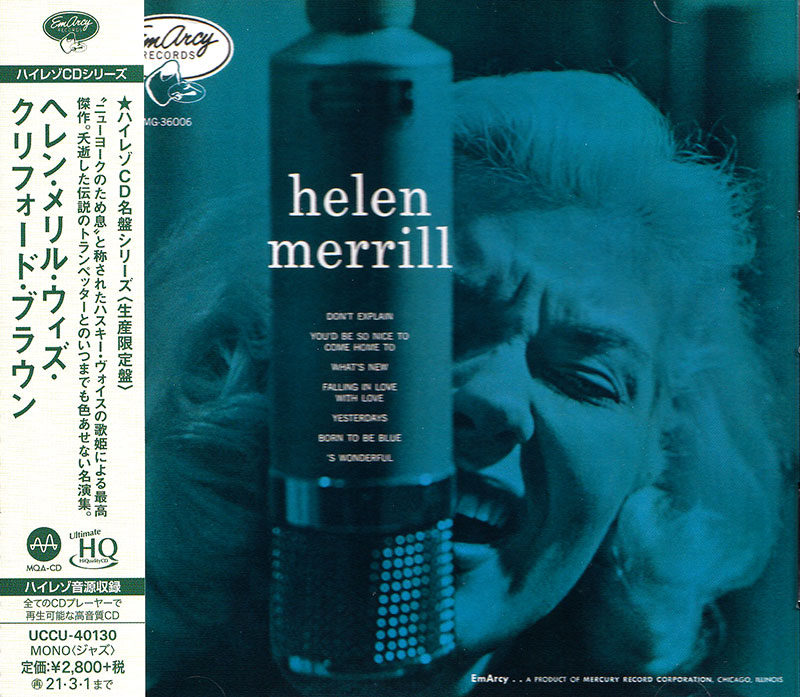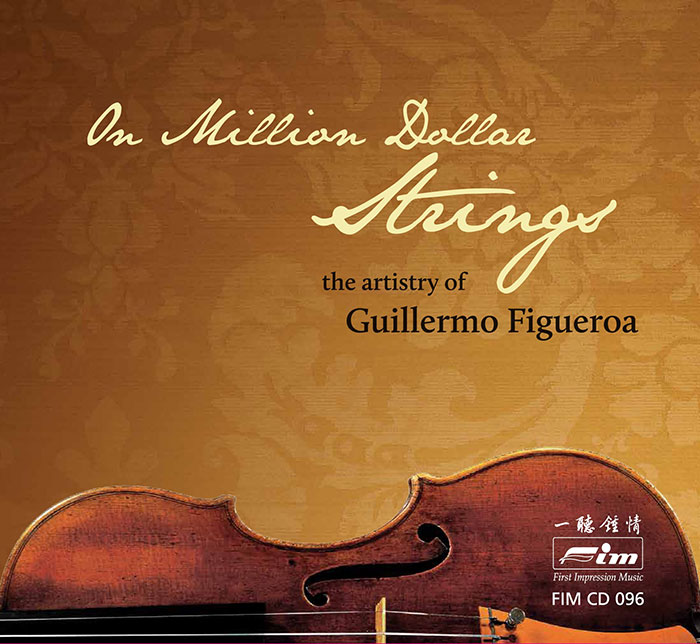Logowanie
OSTATNIE EGZEMPLARZE
Jakość LABORATORYJNA!
ORFF, Gundula Janowitz, Gerhard Stolze, Dietrich-Fischer Dieskau, Deutsche Oper Berlin, Eugen Jochum
Carmina Burana
ESOTERIC - NUMER JEDEN W ŚWIECIE AUDIOFILII I MELOMANÓW - SACD HYBR
Winylowy niezbędnik
ClearAudio
Essence MC
kumulacja zoptymalizowana: najlepsze z najważniejszych i najważniejsze z najlepszych cech przetworników Clearaudio
Direct-To-Disc
PIAZZOLLA, ChamberJam Europe
Tangos del Ángel y del Diablo
Direct-to-Disc ( D2D ) - Numbered Limited Edition
PROKOFIEV, Boston Symphony Orchestra, Erich Leinsdorf
Symphony No. 2 / Symphony No. 6
A second installment in the reissue of the RCA Prokofiev cycle undertaken by Erich Leinsdorf, with the wild 1924 Second Symphony (28 March 1968) making a rare appearance on disc, never having been inscribed in the era of shellacs and waiting for Charles Bruck to inscribe it in Paris. The composer called the D Minor Symphony "a work made of iron and steel," and there is indeed a stern, uncompromising tenor to the entire composition, based structurally on Beethoven's Sonata in C Minor, Op. 111 - a powerhouse sonata-form movement followed by an inventive theme and six variations. The savage militancy of the opening movement, surely akin to the Scythian Suite and to the assaults in music by Varese and Stravinsky, provides plenty of fodder for the BSO battery section, with only occasional eerie lyrics emanating from the strings. Percussive and pounding, the opening dissonances still manage to astonish our jaded ears, either abhorring or relishing the angular, muscular twists and turns and savage, chromatic leaps in this score. For all of its opening ferocity, the Theme and Variations has a diatonic serenity about it, albeit modal in places, with delicate, balletic scoring in the winds and strings. The piano appears as a color instrument, often in repeated arpeggios. Variation IV is a haunting Larghetto whose eerie delicacy could only be Prokofiev, although the woodwind writing might hint at Bartok. Variation V whirls on the order of Petrushka, only more thickly layered in color - the Moor's revenge. The music for the final variation could supply the background for the assembled Orc army in a Lord of the Rings movie. The militancy settles down only in t+D131he final pages, where some emotional balm has been offered. If our daily newspapers are any evidence, the world would be ripe for this music today. The 1947 Sixth Symphony had a more auspicious effect upon the musical public than had the D Minor; Stokowski gave a well-received performance with the New York Philharmonic in the 1950s. Leinsdorf and the BSO set this lyrical inscription down 23-24 April 1963. The opening material in 6/8 gains a sinewy urgency that acquires typical Prokofiev modal coloring. One suspects the calamities of WW II have deepened Prokofiev's expressive syntax, with the brooding and the declamatory passages venting alternately balletic and anguished figures. Trumpet Roger Voisin makes his presence felt amid the percussive and plangent contours of the opening materials as they become mobilized for spiritual war. The heart of the symphony is the mighty Largo, on which Leinsdorf bestows a large canvas. Students of harmony will find more than a few Mahler-like passages. The autumnal colors in the Largo invoke some of the bleak landscapes we hear in post-war Shostakovich, culminating with snare drum, harp, and strings. The Vivace finale reverts to the dancing spirit of Cinderella and the more optimistic strains from the Fifth Symphony. The BSO woodwinds and muted horns enjoy ample figurations, however militant and pomposo, along with the bass fiddles and triangle. The counterpoint is more canon than fugue, and the constant variation in orchestral textures keeps the mix arresting. Admirers of the elegant, often vehement coloring of the BSO will covet this assemblage of unjustly rare Prokofiev. (Gary Lemco)

























